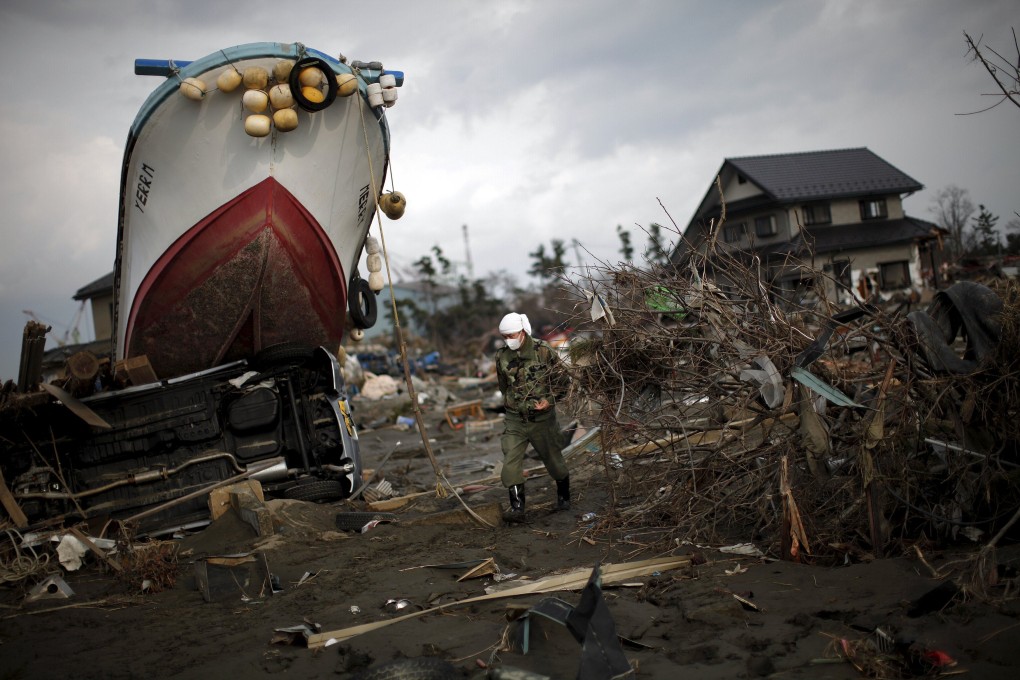The race to preserve remnants from 2011 Japan earthquake and tsunami, and to curate them to offer lessons from the disaster
- Japan’s National Diet Library has 4.45 million items in its digital quake database, including over a million photos; physical artefacts are in regional museums
- Curators are working to make the items easily available to the general public and to preserve remnants of the disaster before they are lost

In Japan, efforts to archive data of the devastating 2011 quake-tsunami in the northeast are being stepped up. Documents, pictures and video footage are used to pass on lessons of the catastrophe as memories of the disaster 10 years ago fade.
The Great East Japan Earthquake Archive, an online portal run by the National Diet Library, had some 4.45 million disaster-related digital items as of last December, nearly double the 2.39 million when the project began in 2013.
The initiative was promoted in accordance with the central government’s basic reconstruction policy set in July 2011 to make memories of the disaster easily accessible for the general public.
The digital archive, now connected to over 50 databases of entities including local governments struck by the disaster, media and universities in addition to the library’s own collections, features survivors’ testimonies and first-hand public records, such as a diary kept at an evacuation shelter in Natori, Miyagi prefecture.

